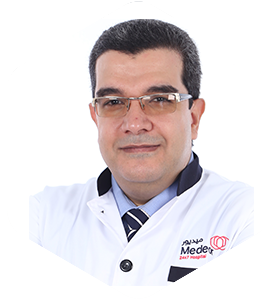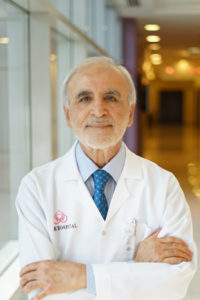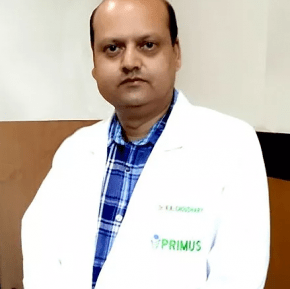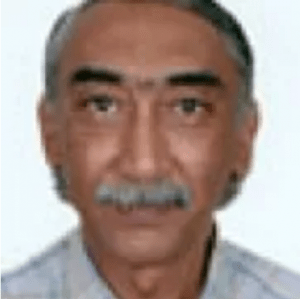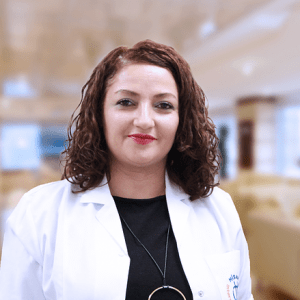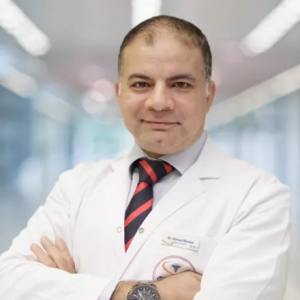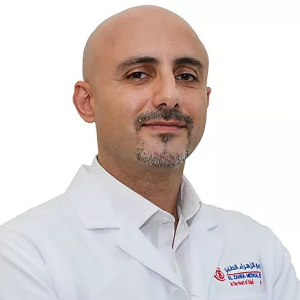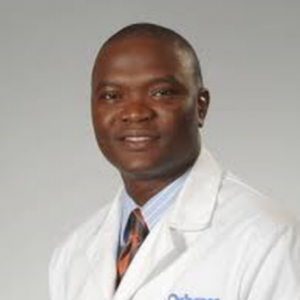Stiff Person Syndrome Symptoms
Stiff person syndrome (SPS) is a rare autoimmune neurological disorder that causes an individual to experience symptoms like muscle spasms and stiffness. The condition largely affects the way the brain and spinal cord control muscle movements. Individuals with this condition usually experience muscle stiffness in their trunk and abdomen. As time progresses, they also develop… Read More
Top Doctors For Stiff Person Syndrome Symptoms Treatments
Top Hospitals For Stiff Person Syndrome Symptoms Treatments
Stiff Person Syndrome Symptoms
Stiff person syndrome (SPS) is a rare autoimmune neurological disorder that causes an individual to experience symptoms like muscle spasms and stiffness. The condition largely affects the way the brain and spinal cord control muscle movements. Individuals with this condition usually experience muscle stiffness in their trunk and abdomen. As time progresses, they also develop stiffness and spasms in their legs and other muscles. They are also very prone to falling and injuries as walking becomes increasingly difficult. Since the disorder can affect individuals of any age and sex, the name was changed from stiff man syndrome to stiff person syndrome for inclusivity.
What are the types of stiff person syndrome?
There are different classifications for stiff person syndrome, they include:
- Classic SPS – This is the most common form of the condition. It is usually associated with antibodies, most especially glutamic acid decarboxylase antibodies.
- Progressive encephalomyelitis with rigidity and myoclonus – This is a more severe variant of SPS. It leads to decreased consciousness, eye movement issues, ataxia and autonomic dysfunction. The condition commonly requires management in a hospital due to the autonomic dysfunction it causes. It can also be associated with cancerous tumours.
- SPS variants – Several variants of SPS can involve different parts of the body or lead to more prominent movement incoordination.
What are the risk factors of the condition?
Females are usually twice as likely to have SPS as men. The condition can also develop at any age, but it is more common in individuals within the 30-40-year range. SPS is also associated with the presence of the following autoimmune conditions:
- Celiac disease
- Vitiligo
- Autoimmune thyroid disease
- Type 1 diabetes
- Pernicious anemia
The condition is also very rare and affects about 1 in 1 million people.
What causes the condition?
The exact cause of SPS is not known. However, researchers believe it is a condition that is elicited by the attack of the immune system on their healthy cells for reasons that are not clear. Many SPS patients develop antibodies against glutamic acid decarboxylase (GAD). This GAD plays a crucial role in the production of the neurotransmitter called gamma-aminobutyric acid (GABA), which helps in controlling muscle movement.
It is important to note that the mere presence of GAD in an individual does not mean that the person has SPS. A small portion of the population possesses GAD antibodies without any adverse effects. Researchers do not yet understand the role that GAD plays in the worsening of SPS. Other antibodies are associated with SPS like glycine receptors and others. There are also some people with no detectable antibodies. There is ongoing research to see if there are other antibodies that have not yet been discovered responsible for the condition in those people.
What are some Stiff Person Syndrome Symptoms?
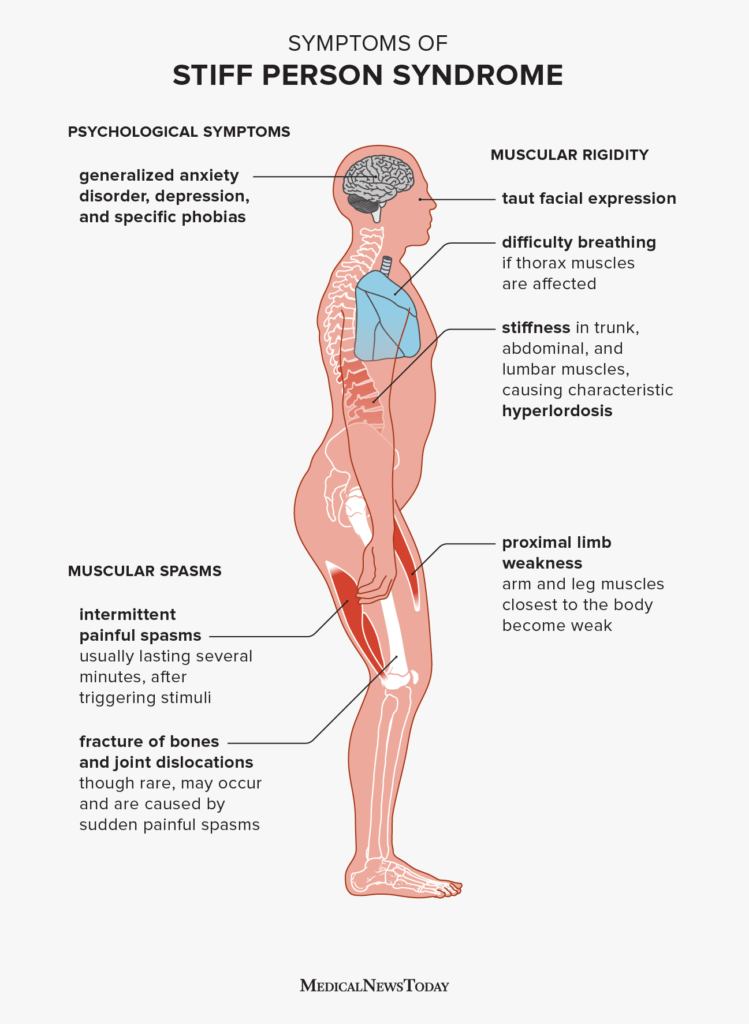
Muscle stiffness is the most noticeable symptom of SPS. Others include:
- Stiff muscles in the trunk region
- Limb stiffness
- Walking difficulties
- Painful muscle spasms
- Sensory problems like light, noise and sound sensitivity
- Posture problems, causing the individual to hunch due to rigid back muscles
The spasms can be very powerful and may cause the individual to fall if they are standing. Sometimes, they can be powerful enough to cause bone fractures. The rate or frequency of the spasms may increase when the individual is anxious or upset. The spasms can also be triggered by loud noises, sudden movements, or even touching. Individuals with SPS may also experience depression and anxiety. This may be due to a decrease in the neurotransmitters in the brain or due to the symptoms being experienced. As the SPS progresses, the potential for emotional distress also increases. The individual will also experience increased muscle stiffness and rigidity in the later stages of the condition. The stiffness may also affect other body parts like the facial muscles, like the one used for eating and talking. The breathing muscles may also be affected leading to life-threatening problems.
How is the condition diagnosed?
The doctor will examine the patient’s medical history and conduct a physical examination on them to diagnose SPS. They will also have to rule out other causes of movement problems with muscle spasms, like multiple sclerosis and Parkinson’s disease, both of which have their separate diagnosis criteria. SPS will then be considered if the symptoms experienced do not fit with the more common neurological disorders. An electromyography may be conducted on the patient to measure their electrical activity. A blood test will be ordered to detect the GAD antibodies or other associated antibodies.
How is SPS treated?

There is no permanent cure for SPS. However, treatments that can manage the symptoms are available. Some treatments are also geared towards stopping the symptoms from getting worse. The muscle stiffness and spasms may be treated with any of the following medications:
- Benzodizepines like diazepam or clonazepam
- Anticonvulsants like pregabalin
- Anti-seizure medication like gabapentin
- Muscle relaxants like baclofen
Medication to stop the discomfort and pain may also be prescribed. Additional treatment that has been shown to help with the condition and prevent the progression of the disease include:
- Immune-suppressing drugs – Drugs like tacrolimus and rituximab
- Intravenous immunoglobin – This therapy can help decrease the number of antibodies that can attack healthy tissues
- Plasmapheresis – In this therapy, the patient’s blood plasma is traded with new plasma to reduce the number of antibodies in the patient
- Autologous stem cell transplant – In this therapy, a high dose of chemotherapy is administered to the patient to eliminate the diseased immune cells. Then, it is followed by an infusion of stem cells to generate an immune system that does not contribute to the SPS immune process. This therapy is experimental, but it has been shown to have some success. This particular therapy may not be available in a lot of countries. However, medical travel agencies or meditour agencies may be able to offer services where patients can access overseas medical treatment where the therapy will be available. This can be a form of medical tourism or health tourism.
Physical therapy may also be recommended in addition to the medication being administered. However, physical therapy alone cannot treat SPS, but the exercises may significantly improve the patient’s emotional well-being, posture, pain, independence, walking, and overall day-to-day activities. The physical therapist will usually guide the patient through mobility and relaxation exercises.
What is the outlook for the condition?
People with SPS are more prone to falls which can lead to severe injuries or permanent disabilities. The condition may also progress to other areas of the body. While there is no cure for SPS, the available treatments will help in the management of the condition. The overall outlook of the patient will depend on the treatment plan and how well it works. There are different plans and strategies, and it is not possible to predict the type that will give the best results. After consultation or after a treatment plan has been tried with no improvements, the healthcare provider will usually select the best plan for the patient.

